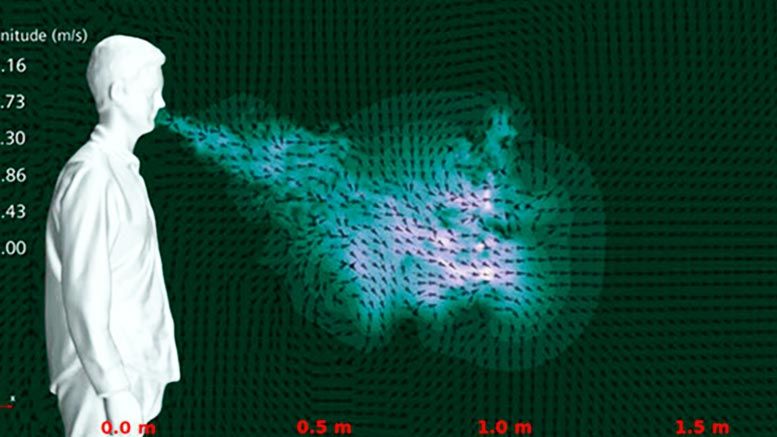Sneezes from people who have congested noses and a full set of teeth travel about 60% farther than from people who don’t, according to a new study.
New research from the University of Central Florida has identified physiological features that could make people super-spreaders of viruses such as COVID-19.
In a study appearing this month in the journal Physics of Fluids, researchers in UCF’s Department of Mechanical and Aerospace Engineering used computer-generated models to numerically simulate sneezes in different types of people and determine associations between people’s physiological features and how far their sneeze droplets travel and linger in the air.








